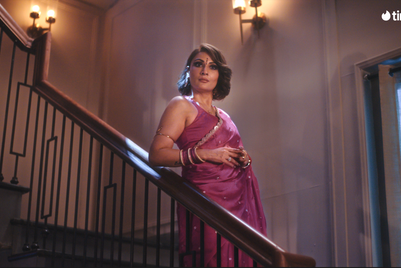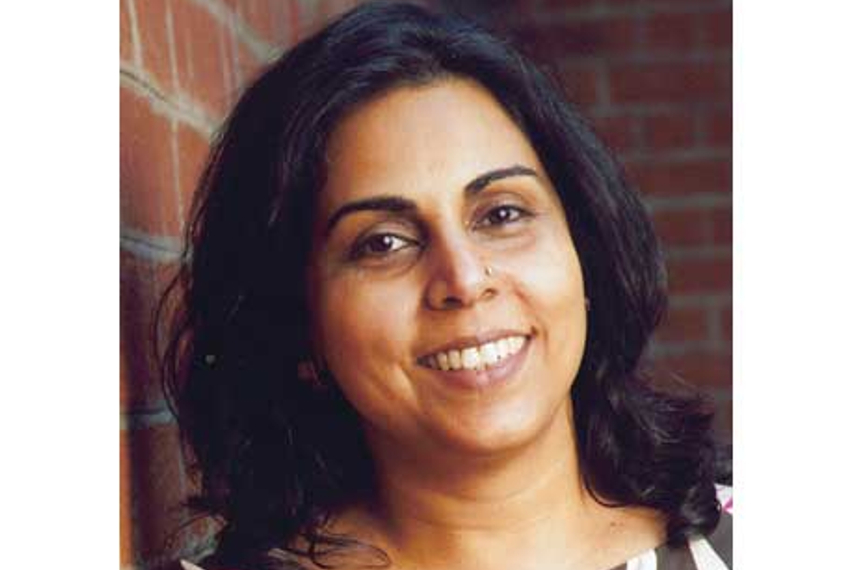
At DY Works, we are leading the charge in redefining the consumers. The old definitions no longer apply.
Trouble with demographics / psychographics:
- Mercedes and BMW expect 30-35% sales from rural markets.
- The age of luxury products in India and China is lowered to 25-30, as against 45+ in western markets.
- Mont Blanc is the ultimate IT gift for son-in-laws of middle India.
- Gopal Vittal is amazed to see the presence of Dove in Dharavi.
- Vernacular India discovers spaghetti straps and showing skin is increasingly acceptable.
- Noodles and now pasta is set to take over as after-school snack market.
Our neatly ordered world is changing. And our neatly ordered socio-economic classification, whether A,B,C,D or A1, A2, B1, B2 is meaningless.
Consumer classification method
The SEC does not work. It creates biases and leaves out lucrative segments. The world order has changed and we need a new system of consumer segmentation. We call it the DY Works Mindsets Classification. This classification employs a different cut for determining age, income, education, profession and gender.
Age mindset
This is not about the real age of a consumer. However, consumers of different ages across an age mindset – will show similar behaviour.
- Young – Carefree, seeking new experiences, youthful clothing and brands. A 40 year-old person with this mindset would be using all the anti-ageing products in the world.
- Middle-aged – Settled, not experimenting, set in ways, not much that is radical. A 40 year old will have solid brands – Ponds, Lux etc. No too many categories – and not buying new things every time.
- Older – simplifying life. Letting go of too much complexity. A 40-year old person would have a soap, a shampoo and a moisturizer.
Income mindset
This classification is across income levels and very wealthy HNIs could also be reluctant to replace their mobile phone every six months, whereas a young shop assistant could be far more prolific.
- “I am worth it” – This is the consumer who wants everything here and now. This is where you will see early adopters . Men in their 50s who are buying the latest in laptops or cars are part of this mind set.
- “Others are worth it” – This is the person who we see on KBC, who is going to give his / her money to parents and relatives first.
- “We can’t afford it” – Savings, ‘Do I really need it’, seeking many validations and justifications.
Profession mindset
This classification and sub-classification is greatly revealing about a consumer’s mindset and can exactly pin-point aspirations, value systems and more
- White collar: Brahmins (those from privileged backgrounds, brand name schools, colleges, jobs); Fast Track(the young MBA who gets the same salary as a person recruited for sales or operations); Long Distance (good dependable, solid).
- Blue Collar: Waiting to get out (hates the job, is dreaming big. Either own business, or a stab at reality TV/ game shows/ talent shows.); Work is worship (content, few needs, dedicated, loyal, steadfast.);
- Gold Collar: Humble work, disproportionate money. Property Agents, Gas Station Owners.
- Young and restless: Firstgen entrepreneurs fired by stories of entrepreneurs making it big.
Gender mindset
If we go beyond the simple gender divide, there is a layered understanding of roles and responsibilities basis the understanding of gender: Metro-sexual female (works in a man’s world, takes financial decisions, equal partner) and metro-sexual male (not afraid to show his sensitive side, involved with his appearance); working women.
When we define the consumer in this fashion, we understand a great deal about them. But for their deeper truths, we need to understand them in a cultural context.
Alpana Parida is president of DY Works (erstwhile DMA Branding). She can be reached at [email protected]


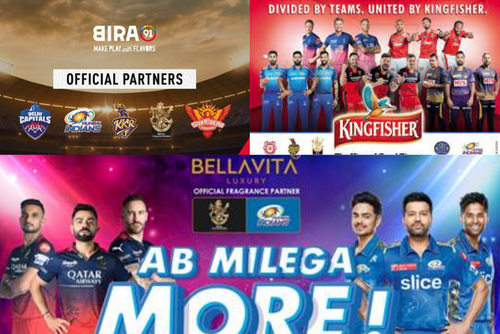
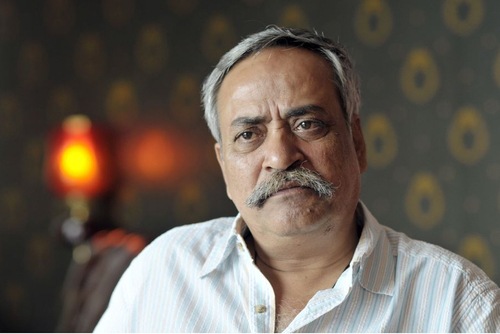
.jpg&h=334&w=500&q=100&v=20250320&c=1)



.jpg&h=334&w=500&q=100&v=20250320&c=1)
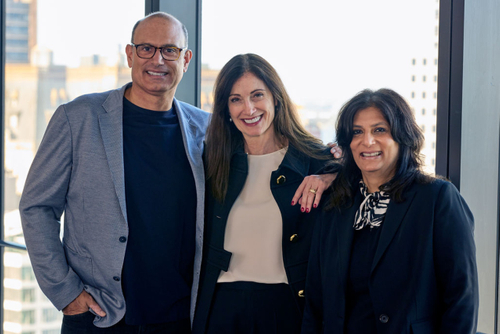
.jpg&h=334&w=500&q=100&v=20250320&c=1)
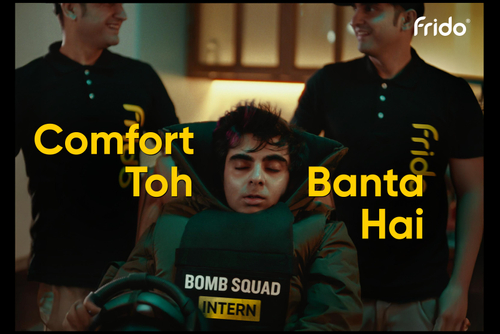
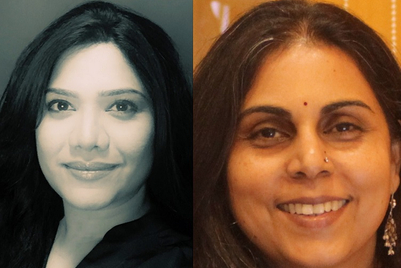



.jpg&h=268&w=401&q=100&v=20250320&c=1)
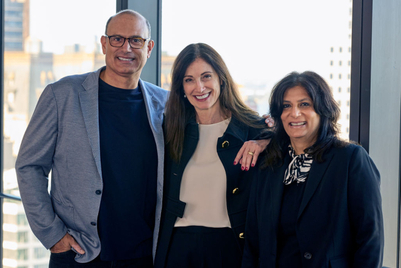
.jpg&h=268&w=401&q=100&v=20250320&c=1)
